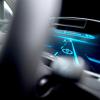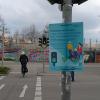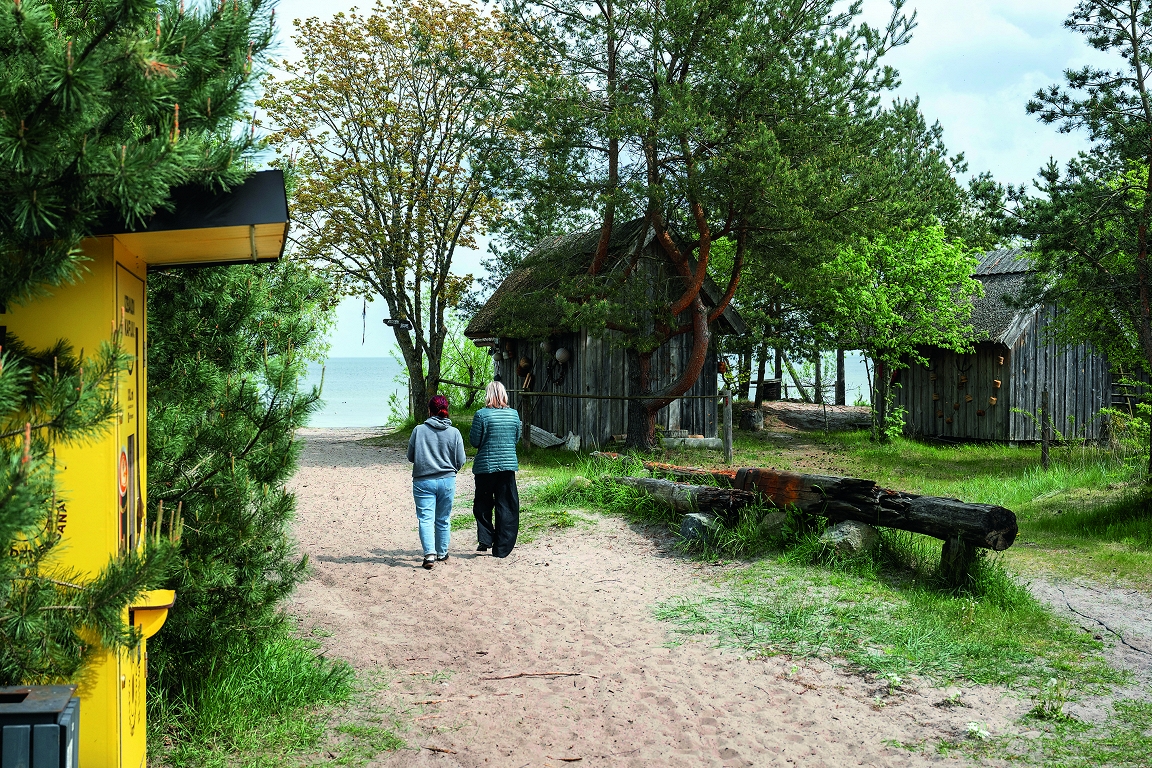Because of traffic jams and red traffic lights: autonomous driving in the future

The pedestrian light already suspects it. If the senior bends around the corner with walking problems, it has to stay green for longer. This will enable the pensioner to cross the intersection on Münchner Ganghoferstrasse safely.
The traffic light near the Theresienwiese is now one of four signal systems with which the mobility presentation of the state capital has tried a new technology that extends the green phase in line with needs. An unmistakable sign at the traffic light mast indicates the model test. The traffic lights are equipped with Bluetooth receivers.
People with mobility restrictions – you have to demonstrate your disability at the city – the associated app invite you to your cell phone. If you are near a Bluetooth traffic light, the two devices come into contact with each other via radio connection. The traffic light then extends the next green phase by a few seconds. School classes and kindergarten groups can also use the green phase extended via the app.
In Munich, go-foot should become more attractive
According to the city, the Munich model project is used to « promote foot traffic and make public space as accessible to everyone as possible ». And it is only one of many examples of how traffic in Bavaria Smarter, wiser, becomes smarter.
Detectors under the asphalt that measure traffic volume have long been standard in many cities. In Munich There are 9000. traffic lights automatically react to their data. You are programmed so that Green and red phases keep the car column in the best possible in the flow. Bus or tram drivers can also intervene in road traffic unnoticed. Because in the best case, a bus is not stuck in traffic. To ensure a green wave, the driver can activate a radio signal in a defined location. Then the software in the Munich traffic light center knows: Now it takes 45 seconds to the stop line, then the traffic light should be green.
Photo: Hauke-Christian Dittrich, dpa
Smart traffic technologies that could be interesting for municipalities across Bavaria were tested from January 2021 to the end of 2023 in the « Tempus » research project. The Free State and the state capital worked with car manufacturers, technology groups and research institutes. On a test field in the north of Munich, the “Tempus” team tested the automated and networked driving. The test field extended across parts of the city area and the A9 and A99 motorways.
A digital traffic light assistant in the car was tested. Federated by traffic data, he sends car drivers to the information in the cockpit, which speed is optimal to reach the next traffic light at green – and thus prevent time -consuming and environmentally harmful. How far this can go in the distant future is a video on the homepage of the Ministry of Transport: autonomous vehicles that adapt their speed in this waythat they no longer have to stop.
Smartes driving raises unexplained questions
It was also tried and tested how rescue vehicles get to the destination more securely and faster. Annual vans tested radio modules, for example, with which they can switch on all traffic lights of an intersection to red at the same time. In order to continue developing a practical turning assistant, an urban intersection was equipped with camerasory. The technology can send a warning signal inside the car A so -called « vulnerable road user » approachessuch as a cyclist.
The Federal Ministry of Transport promoted “Tempus” with almost twelve million euros. A guide for municipalities has emerged from the project. The researchers list opportunities and risks of the potentially usable technology. On the PRO side: better traffic flow, fewer accidents due to human errors in the wheel, reduced energy consumption and more environmental protection through economic driving. On the contra page: high investment needs, unexplained questions about data protection from road users. In addition, the team of experts writes: « It is not yet foreseeable which technologies will prevail in the long term. This may result in a cost risk if a municipality installs a technology that does not prevail. »
Photo: Sarah Ritschel
The test phase has just started for the intelligent pedestrian traffic lights near Theresienwiese and their three smart colleagues. « The user group is currently still relatively small, which is why we cannot pass on a representative feedback, » says Franziska Hartmann, press spokeswoman for the mobility presentations. So far, there have been no concrete numbers of how many physically restricted Munich women and Munich people have already used the necessary app. With a view to the overweg Ganghoferstrasse, Hartmann can already report one: « The previous feedback was consistently positive. »







